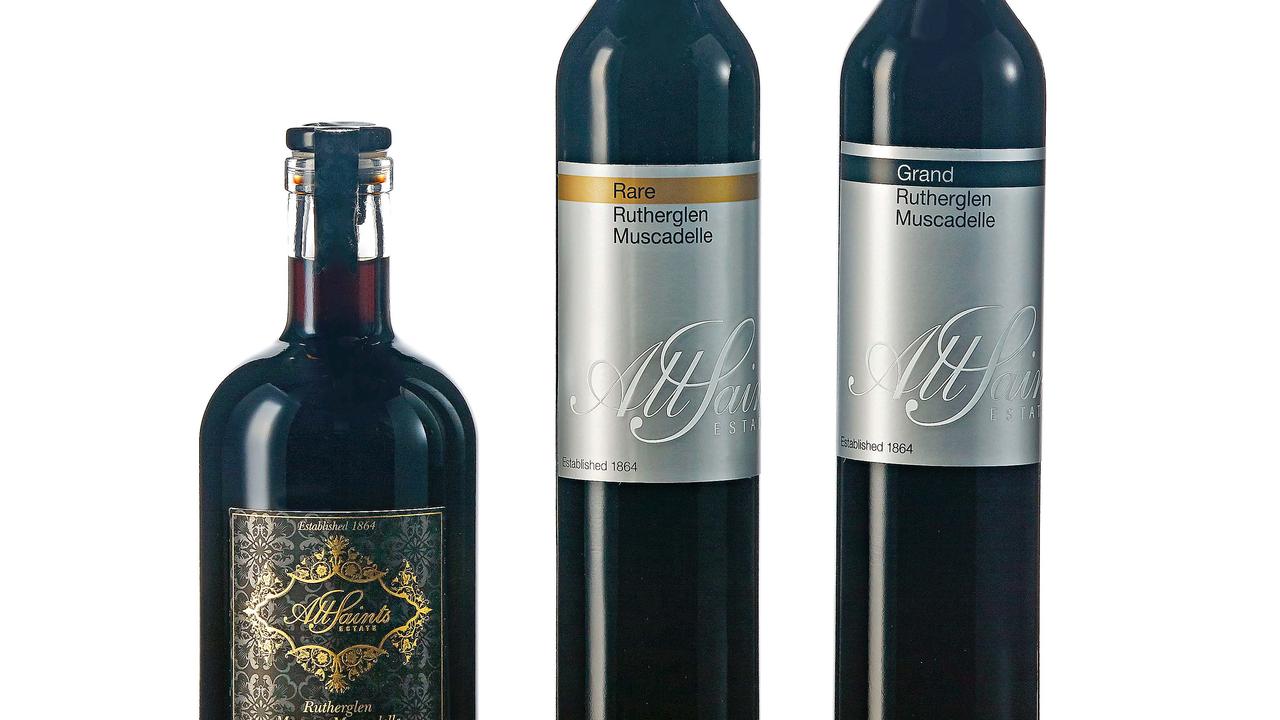Botanical beauty: Culzean garden in Westbury, Tasmania
A woodland garden with a rich history.

Dinah Fitzgerald is one of a special breed of gardeners: those who’ve bought a house purely for what’s around it. Inspecting a property in Westbury, Tasmania, five years ago, Dinah and her husband walked around the garden and “could feel the excitement building”, she recalls. “When we started to leave, the agent said, ‘Don’t you want to look at the house?’”
The Fitzgeralds were living in nearby Launceston, in an 1840s home they had renovated. They knew about the 13ha property Culzean (pronounced Cull-ane) because their architect and builder had worked on the restoration of its 1840s Indian Colonial house at the same time. When Culzean later came on the market, the couple had to take a look. “I knew the house would be done well, so the only question was whether I could manage the 3ha garden,” Dinah says. “My husband Phillip isn’t a gardener, although he’s very supportive, so it hinged on my trusted gardener of 10 years, Tim Pears, agreeing to take it on with me. Thankfully, he’s still with us.”
Culzean has a rich history, with a succession of gardeners adding their influence. A 179-year-old oak tree is one of the earliest plantings, while the driveway avenue was planted by a Mrs Joy in 1878. Charles Busby lived there for 50 years from 1907 and is buried there, but the most significant gardener was Harry Laker, who bought the place in 1965 and created the 1.2ha lake that’s now the centrepiece of the garden. He also built a dam for irrigation, ran a nursery and planted many of the camellias and conifers integral to the large woodland garden that so appealed to Dinah.

“I love woodland plants so this was my chance to grow all those lovely little understory plants under the trees – cyclamens, hostas, epimediums and erythroniums,” she says. In a garden this size, you need huge swathes of small plants to make an impact. “You have to learn to propagate,” she laughs. Last year she struck 150 hydrangeas from cuttings; her plans for more underplanting mean she’ll be regularly dividing her perennials.
There’s always something in flower, from camellias in late winter to daffodils in September and bluebells in October, rhododendrons and mollis azaleas in November, the first flush of roses in December, then hydrangeas and the perennial borders through summer. In autumn, Japanese maples and liquidambars blaze with foliage colour. To the remnant orchard of quinces, plums and walnuts Dinah has added heritage apples, peaches, pears and crabapples. The fruit of the latter is collected for their small deer herd.
“It’s a bit like a private botanical garden,” she says. “And there’s a feeling of space, which you don’t get in most gardens. The house has doors all round that draw you outside, so we’re always moving in and around the beautiful garden.”
Culzean has a rare opening to the public on April 22. 1 William St, Westbury, 10am-4pm, $8. Proceeds to Westbury Community Health Centre.

Q&A
What are water storing crystals made of? Do they have a residual effect on soil? If used in pots, can the spent mix go in the compost?
Jan Brammy, Cudlee Creek, SA
These crystals can swell up to 300 times in size, holding water for plant roots to access. They’re synthetic plastics, usually acrylamide/acrylic acid copolymers. Scotts Everydrop crystals are acrylamide free, but no brands are suitable for organic gardeners. They are less effective in saline, clay and highly fertilised soils and potting mixes, and most effective in sandy soils and when used in a slurry in planting holes. Yes, you can put spent potting mix containing these crystals in the compost, as the crystals are considered non-toxic and will be broken down by microorganisms and sunlight – but there is a lack of information on any potential residuals.
My worm farm has evolved into a prolific cockroach farm. I’ve tried diatomaceous earth but it’s still seething. What can I do?
Roger Smith, Kuranda, Qld
Cockroaches don’t harm the worms but love the food supply and humid, dark, warm conditions. Take the lid off for a while and use a damp hessian cover instead; the worms will burrow deeper. Dampness inside the worm farm decreases the effect of diatomaceous earth. If the farm sits on legs, place each leg in a bowl of water or diatomaceous earth. Try cockroach baits adjacent to the worm farm.
My Nellie Kelly passionfruit vines are thriving but the flowers drop without forming fruit. I planted lavenders as I rarely see bees. Hand pollination didn’t seem to work.
Helen Vaile, Sydney
Poor pollination is a common problem with passionfruit. Lavenders are good bee attractants but hand pollination is more reliable. Early each day, use a soft brush to transfer pollen between newly opened flowers.
Send questions to: helenyoungtwig@gmail.com or Helen Young, PO Box 3098, Willoughby North, NSW 2068. Website: helenyoung.com.au. The best question for April wins the Neue Blvd Malibu faux Phalaenopsis orchid in woven vase, pictured, worth $150, from neueblvd.com.au



